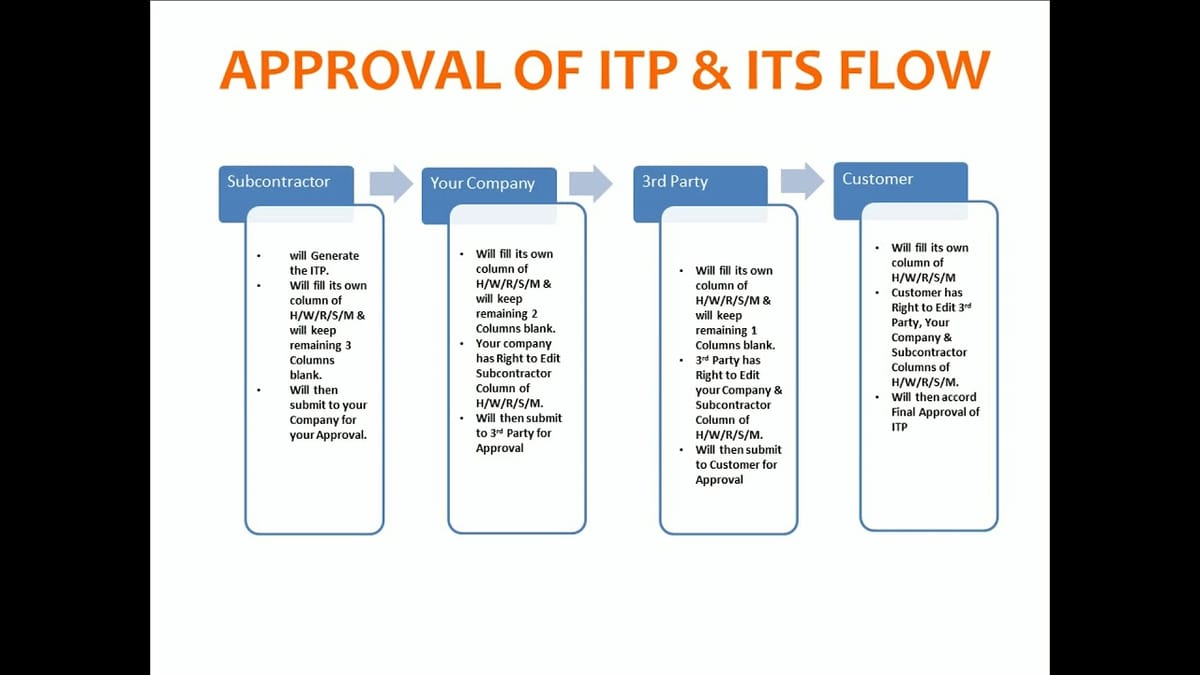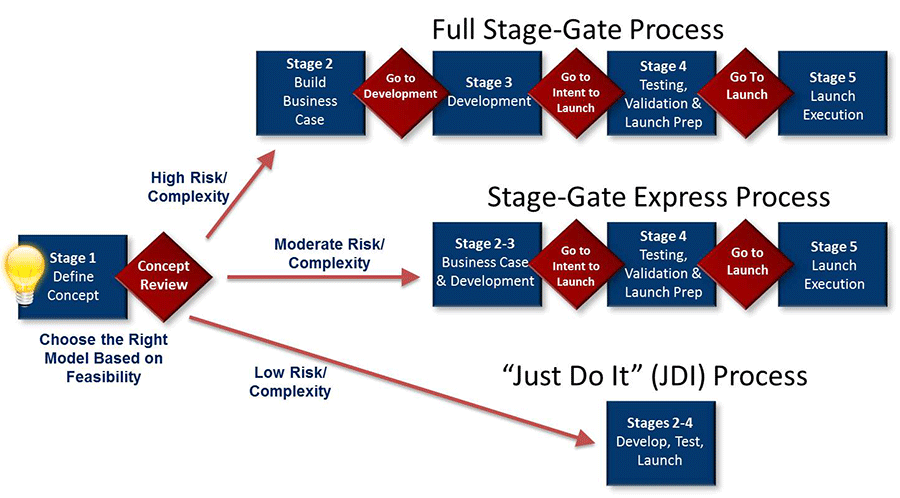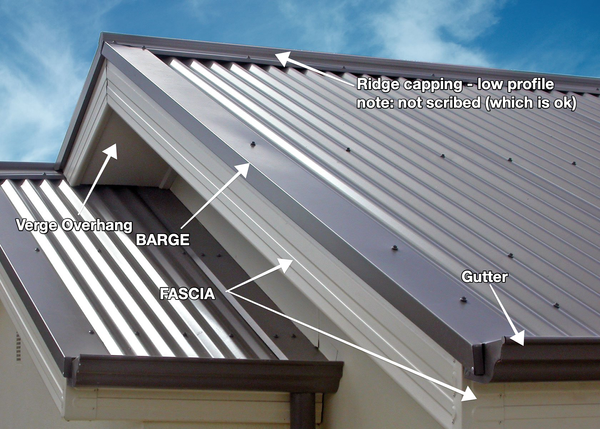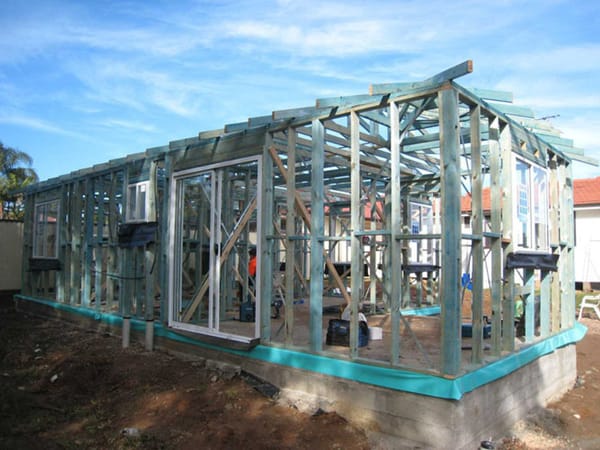Building Your New Home? Here's Why Understanding NCRs Matters
Building your first home is both exciting and, at times, a bit overwhelming. Amidst selecting tiles and paint colours, you might encounter some industry jargon—like the term "NCR."
While it may sound fancy or smart, knowing what an NCR (Non-Conformance Report) is can help you to be more informed and involved in your home's construction process.
What Exactly is an NCR?
An NCR, or Non-Conformance Report, is a formal document used in the construction industry to record any instance where work doesn't meet the specified standards, requirements, or project specifications. Think of it as a quality control tool that helps ensure your home is built correctly and safely.
Why NCRs Matter for Your New Home
In residential construction, quality is paramount. NCRs play a important role in maintaining this quality by:
- Identifying Issues Early: Catching deviations from plans or standards before they become bigger problems.
- Ensuring Accountability: Documenting who is responsible for the non-conformance and the steps taken to rectify it.
- Facilitating Continuous Improvement: Helping builders learn from mistakes to prevent future occurrences.
By addressing issues promptly, NCRs help keep your project on track, both in terms of timeline and budget.
Who Writes NCRs and Their Role in Project Management
NCRs are typically written by members of the project team, such as quality assurance/quality control (QA/QC) engineers, site supervisors, or project managers. Their responsibilities include:
- Identifying Non-Conformances: Spotting when work doesn't align with project specifications or standards.
- Documenting Details: Recording the nature of the non-conformance, its location, and any relevant observations.
- Coordinating Corrections: Working with contractors or subcontractors to develop and implement corrective actions.
- Preventing Recurrences: Analysing root causes and updating procedures to avoid similar issues in the future.
In the broader scope of project and construction management, NCRs serve as a communication tool, ensuring that all stakeholders are aware of issues and the steps being taken to resolve them. This collaborative approach helps maintain the integrity and quality of your home construction project.
Types of NCRs You Might Encounter
Generally, NCRs fall into two categories:
- Product-Related Issues: These directly affect your home's structure or finishes—like using incorrect materials or dimensions not matching the approved plans.
- Procedural Issues: These are about the construction process itself. For instance, skipping mandatory tests or not following the agreed construction methods and documents. Even though these might not immediately affect your build, they could create problems later.
The Life Cycle of an NCR
Managing NCRs involves several clear steps:
- Identification: Spotting and documenting the problem in detail (photos, drawings, etc.).
- Root Cause Analysis: Understanding why the problem occurred.
- Correction and Corrective Action: Immediate fixes (correction) and longer-term solutions (corrective action).
- Closure: Confirming the issue is fully resolved and documenting the evidence.
This process ensures not just fixing but preventing recurrence.
Common Examples of NCRs in Home Construction
Some typical NCR scenarios include:
- Building elements not matching approved design plans.
- Failure to follow approved construction methods.
- Skipped inspections or testing steps, like concrete strength tests.
- Using materials not pre-approved by you or the building certifier.
- Issues arising from unclear or incomplete design documentation.
Closing an NCR
NCRs don't just highlight problems—they ensure resolutions. There are three main ways to resolve NCRs:
- Leave as is: If the issue doesn't impact structural integrity or aesthetics significantly.
- Repair or rework: Fixing the issue to meet original standards.
- Demolish and rebuild: The most serious (and costly) option, usually reserved for significant faults.
NCRs: Not Just Paperwork
While some builders view NCRs as a nuisance, good builders know they're essential for quality assurance. Projects with documented NCRs demonstrate thorough oversight, transparency, a commitment to quality and continuous improvement.
As a homeowner, understanding NCRs means you'll have peace of mind knowing your home is built to the highest standards. Don't fear NCRs; instead, see them as your builder’s commitment to getting your new home right.
Embracing NCRs in Your Home-Building Journey
Understanding the role of NCRs in residential construction empowers you to be an active participant in your home's building process.
These reports are not just company business processes; they're tools that ensure quality, safety, and accountability. When you create open communication with your builder about NCRs, you contribute to a collaborative environment focused on delivering the best possible outcome—your dream home built to the highest standards.
Further Reading





ITPs prevent defects like this











